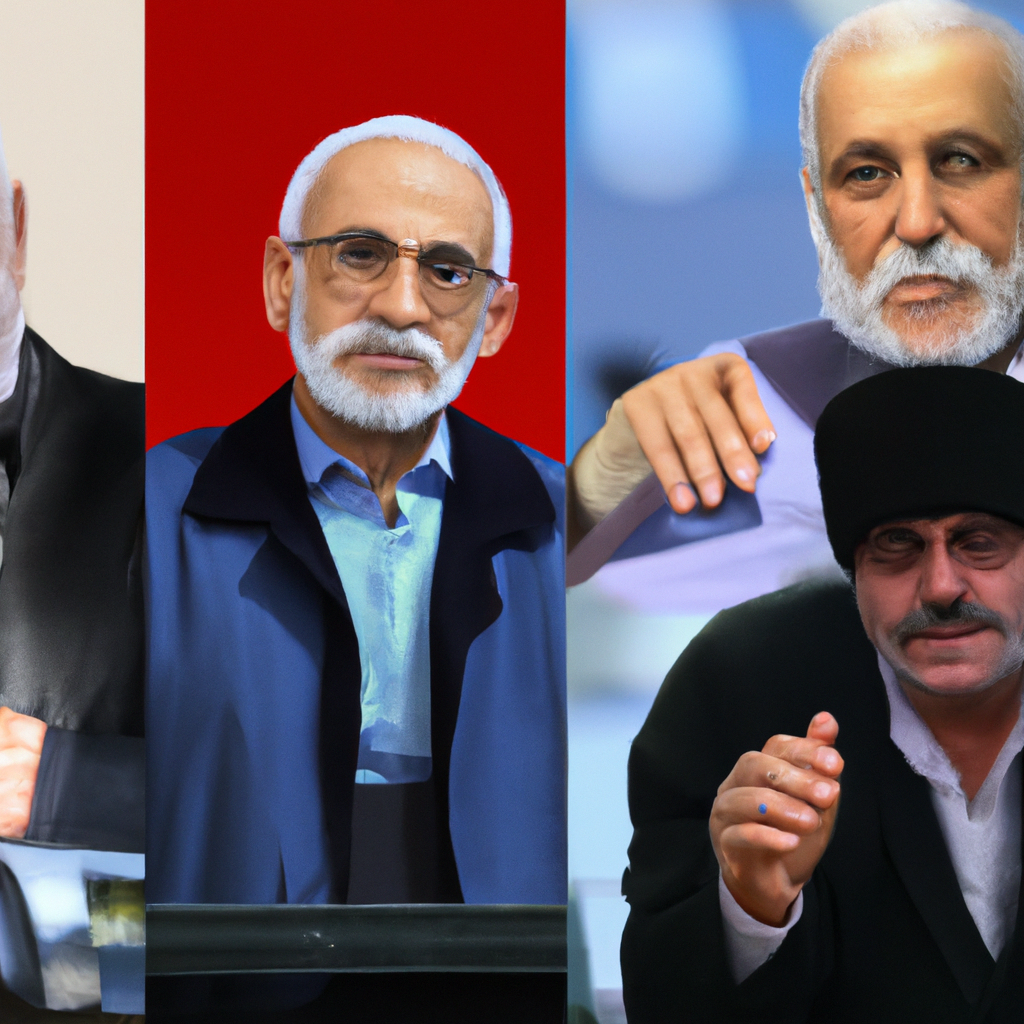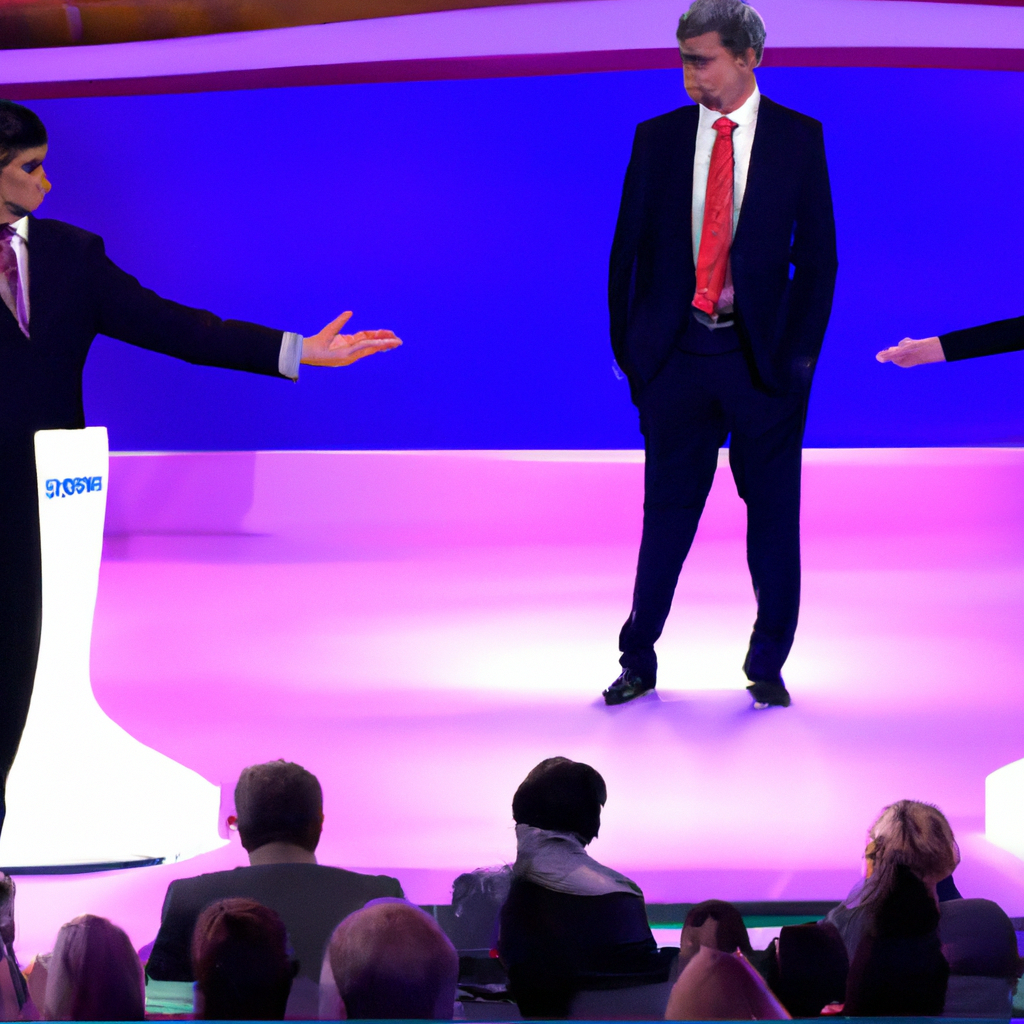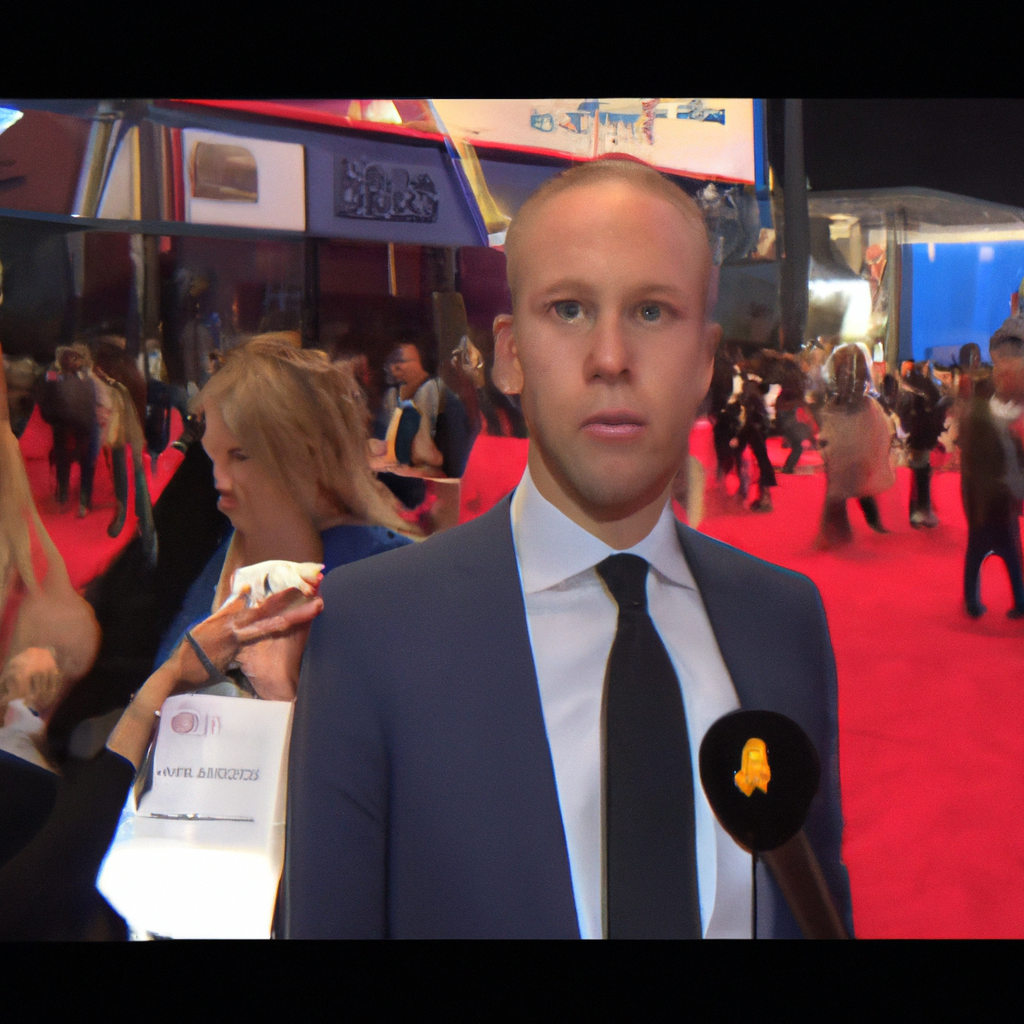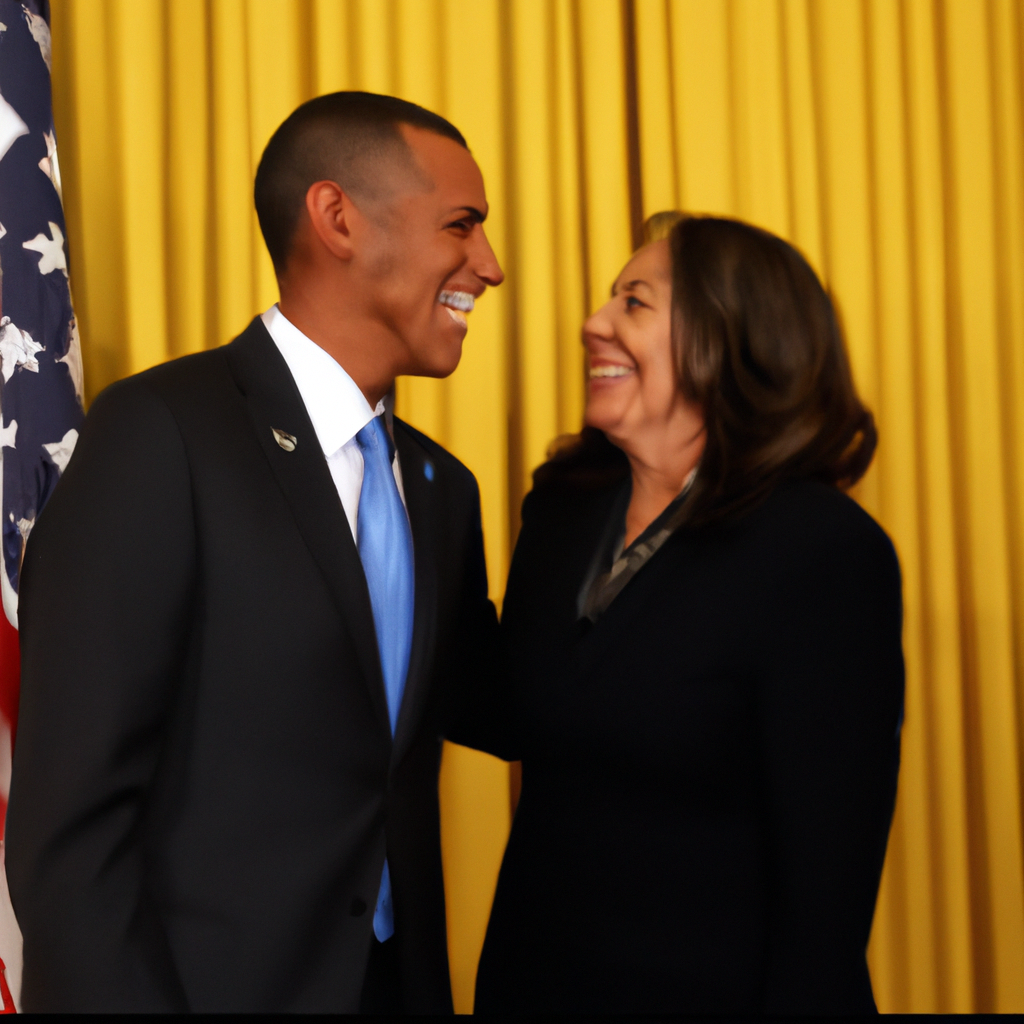Read in your native language
english
Analysis of the Snap Election in Iran Following President Raisi's Death
The recent snap election in Iran has been called in the wake of the tragic helicopter crash that claimed the life of President Ebrahim Raisi. The election, taking place on June 28, involves a selection of candidates amidst an environment where many believe elections in Iran are neither free nor fair. With a long-standing unelected supreme leader holding significant power, the role of the president remains pivotal for influencing domestic and foreign policies.
Perspectives Involved
- Supreme Leader Ali Khamenei: As the highest authority in Iran, Khamenei's perspective is rooted in maintaining his conservative agenda and controlling the political landscape.
- Hard-line Conservatives: Supporters of candidates like Mohammad Bagher Qalibaf and Saeed Jalili wish to consolidate power and ensure that reformist ideas are stifled.
- Reformists: Figures like Masoud Pezeshkian represent a faction of voters seeking policy changes that could improve Iran's international standing and economic situation.
- Voters: Citizens of Iran hold differing views, with some supporting the hard-liners' status quo and others longing for a reformist candidate that may bring change.
Benefits, Risks & Losses
Understanding the multiple angles of this electoral situation involves evaluating benefits, risks, and potential losses for each perspective:
For the Supreme Leader and Hard-line Conservatives
Benefits: Control over the political process, maintaining existing power structures, and reinforcing ideological dominance.
Risks: Alienation of younger, reform-minded voters and potential civil unrest if public dissatisfaction escalates.
Losses: Remaining rigid may lead to a significant uprising similar to what was witnessed after Mahsa Amini's death in 2022.
For Reformists
Benefits: A victory could signal a shift towards more progressive policies and improved foreign relations.
Risks: An environment of suppression and potential backlash from hard-liners which can lead to personal and public safety concerns.
Losses: If Pezeshkian loses, it could suggest a long continuation of the current regime's stranglehold on power.
Relevancy Meter
This election is of significant relevance within the current geopolitical context, especially given that it is more than just a procedural vote; it reflects deeper issues of power dynamics and public sentiment.
Infographic Summary
This situation can be represented in a simple flowchart to help visualize the main actors and their potential outcomes:
- Saeed Jalili → Hard-line position, anti-Western views.
- Masoud Pezeshkian → Reformist ideas, seeking engagement.
- Mohammad Bagher Qalibaf → Traditionalist military connections, aiming for solid hard-line victory.
In conclusion, the outcome of this election is not only a matter of leadership but a reflection of the broader ideological battle in Iranian society.
Keywords: snap election, elections, free, fair, supreme leader, hard-line conservatives, reformists, voters
Author: Andrej Dimov
Published on: 2024-07-26 21:36:42



